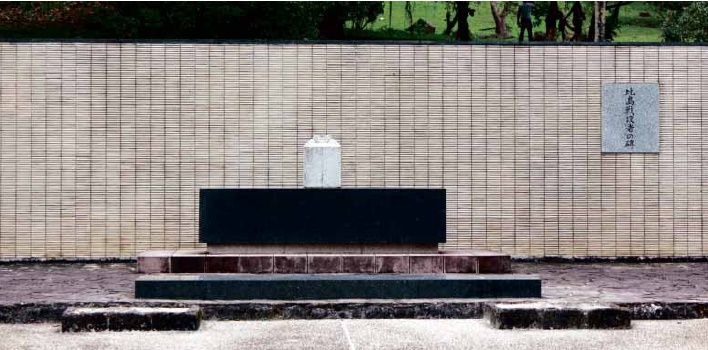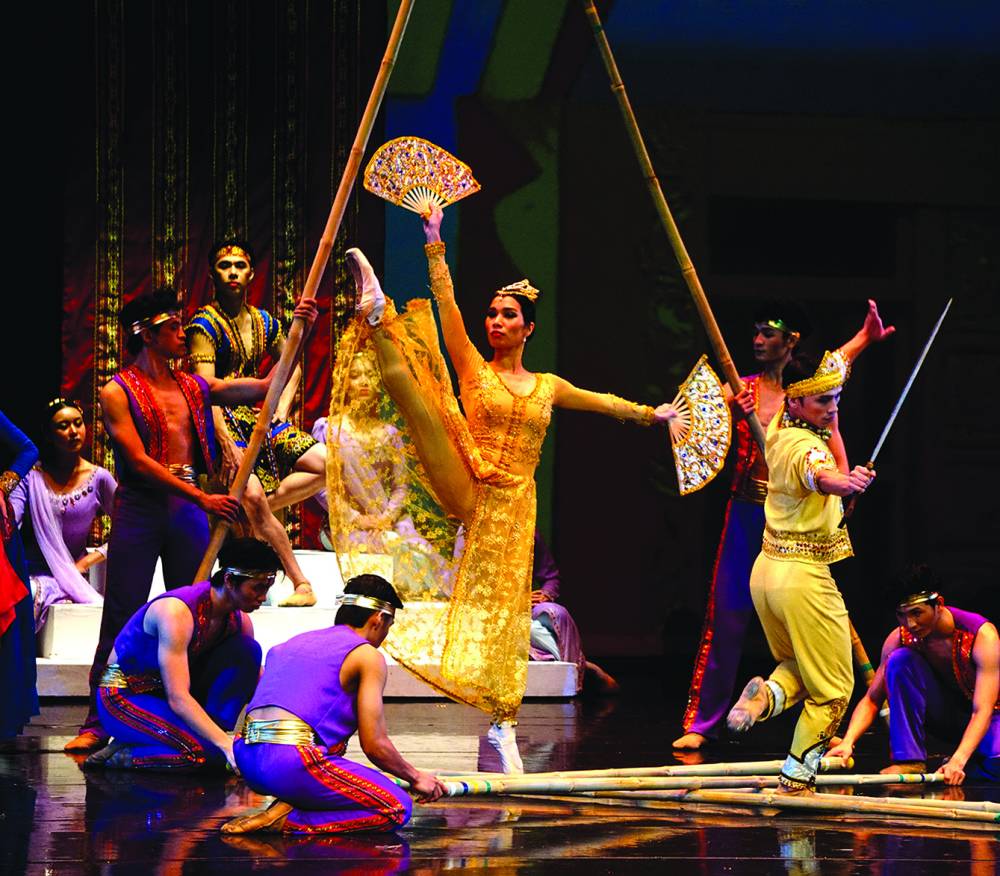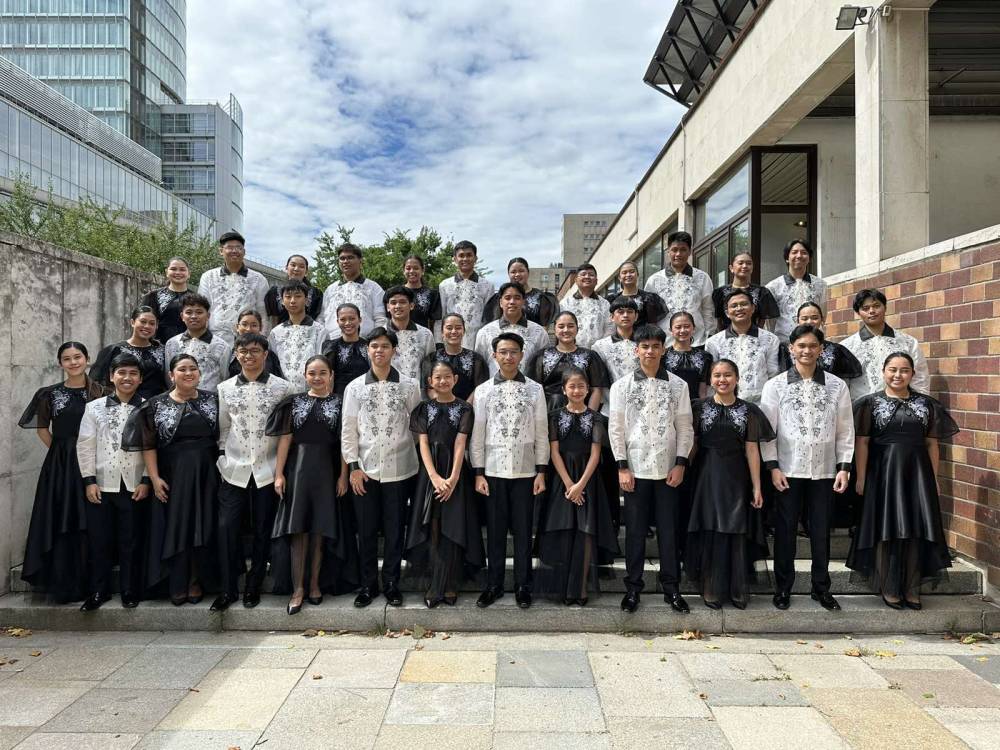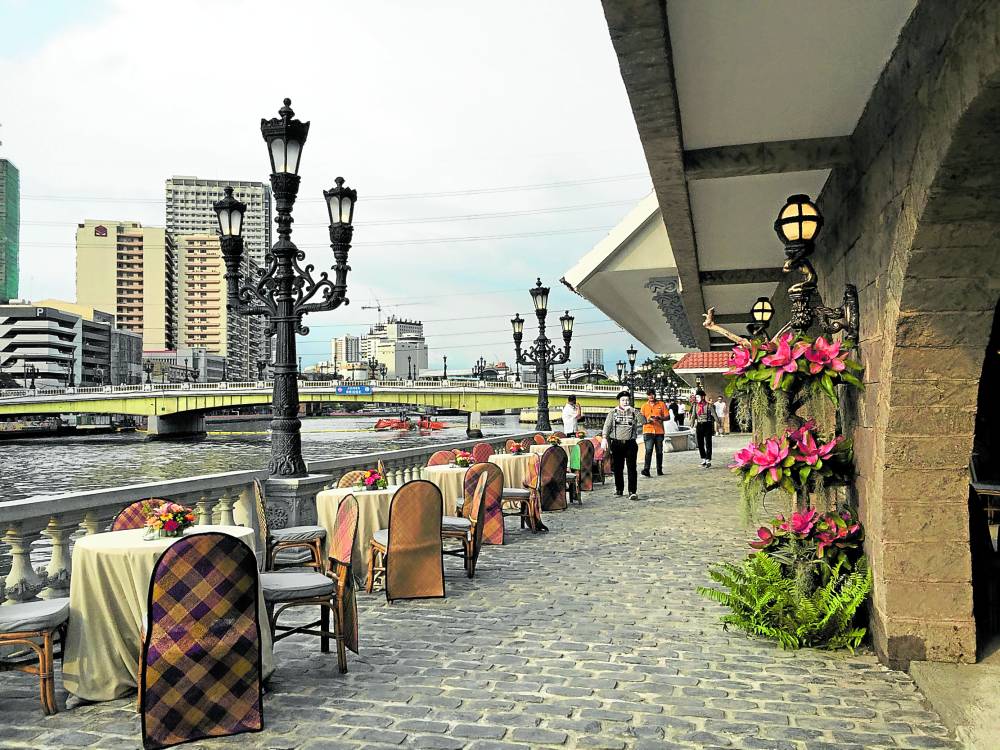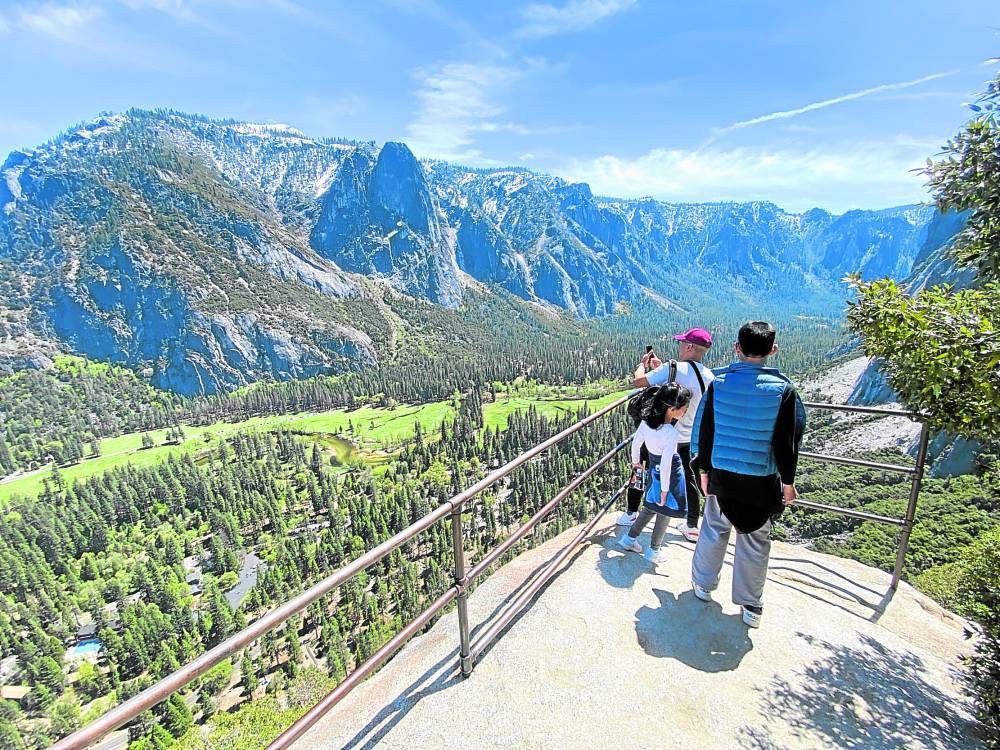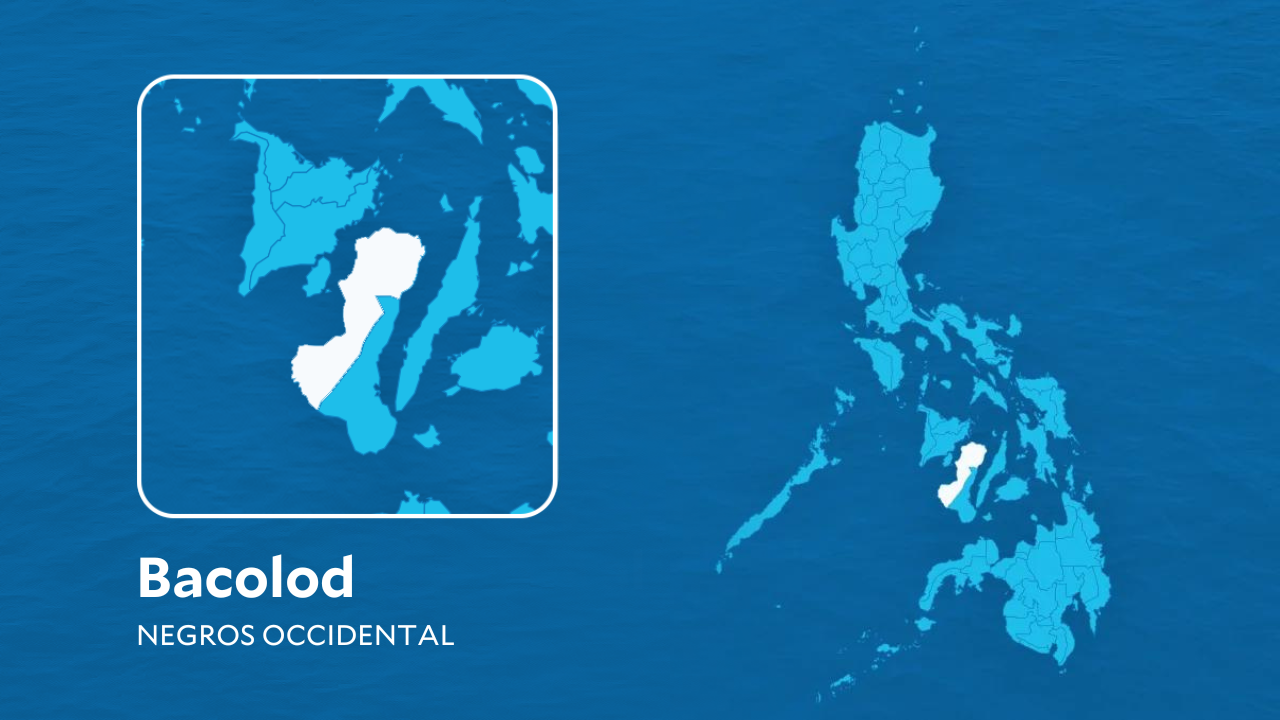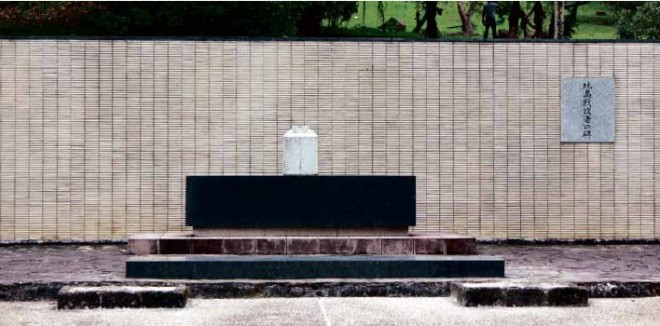
CAVINTI, Laguna—Every now and then, in a narrow alley named Yamashita in Los Baños town, children would cry out, “may mga Hapon!” (the Japanese are here!)
But residents no longer scurry off the streets or cower in fear behind closed shutters as they did 70 years ago during the war. The children’s cry was no warning against enemies; rather, it was a welcome announcement about Japanese guests who often come to visit the shrine to honor the wartime general.
Just as welcome are the Japanese tourists and families who regularly visit another shrine and memorial garden for fallen Japanese troops further down south, in Barangay West Talaongan, Cavinti town. The popular Japanese garden had often been mistaken as part of Caliraya, a village in Lumban town popular for its man-made lake.
Japanese Emperor Akihito and Empress Michiko were expected to visit the memorial garden this morning, where they will lead the wreath-laying rites to remember fallen Japanese troops.
In the afternoon, the imperial couple will tour the International Rice Research Institute in Los Baños, Laguna, where they will meet scientists and researchers of the institute.
Keen on agriculture
Hatsuhisa Takashima, press secretary to the emperor, said Akihito was keen on agriculture, particularly rice farming. The emperor was said to plant and harvest rice at the paddy on the Imperial Palace grounds.
At the Yamashita Shrine, caretakers Efren and Maria Salangsang of Barangay Timugan in Los Baños, said the shrine’s decrepit gate was open to anyone, Japanese and Filipinos alike, “free of charge.”
The shrine of Imperial Japanese Army General Tomoyuki Yamashita sits on a
250-square-meter land, several meters away to that of Japanese General Masaharu Homma, or Mahomma. The two military officials were executed and later buried in Los Baños following their surrender to Filipino and American troops in 1945.
“(People) say that some of their ashes (from the cremated remains) were buried here, with the rest spread elsewhere,” said Maria Salangsang, 31.
The Japanese Embassy could not immediately confirm these stories or say how many shrines had been erected in the country to honor the Japanese war dead.
Yamashita’s remains
In Cavinti, Emmanuel Umali, manager of the National Power Corp. (Napocor) watershed management, said he was not sure if Yamashita’s remains were buried in the memorial garden that lay within Napocor grounds.
The 11-hectare garden—which lies on the boundary of Cavinti and Lumban towns—was built in 1973 through an agreement between the Philippine government and Japan’s Ministry of Health and Welfare. The Japanese government donates money annually for the garden’s maintenance, said Umali who would not disclose the amount.
The Napocor manager could not confirm either if the garden had been used as a Japanese camp, as most residents here believe.
What is certain is that the sprawling well-kept garden with its huge trees, lagoon and cool breeze from the upland village had become a popular hangout among families who willingly pay the P20-entrance fee for adults and P15 for students.
“We like it here because it is quiet,” said Leony Lubugin, 58, who brings her family here from Cavinti, so they can spend afternoons eating their packed lunch.
An isolated spot inside the garden had become a favorite for EJ Rana, 15, and his friends from Lumban, who discreetly drink the alcohol they bring despite it being prohibited in the premises.
Candies, food, slippers
The garden’s caretaker for 14 years now, Edgar Bullosos, 36, said more than 30 Japanese soldiers were buried within the shrine, which might explain the constant traffic of Japanese families honoring the fallen troops.
While local tourists and religious groups often come during Valentine’s Day or Holy Week, the Japanese soldiers’ families usually come at least twice a year.
“They bring chrysanthemum (that they say) is the emperor’s flower. They recite their prayers and even sing to their dead,” Bullosos said.
Others offer candies, food and slippers at the shrine, and leave them out for the caretakers.
For the Japanese imperial couple’s visit today, Bullosos said he started trimming the lawn and repainting the roof of the shrine weeks ago. Similarly, in Los Baños, the Salangsangs sprayed pesticide before weeding the extensive lot where the shrines to the two generals stand.
“Children here are happy to see the Japanese visitors because they usually bring food and candies (for the dead), and then give them away to (onlookers) around,” Salangsang said.
Cash tips
Others, she said, would give them cash tips that range from P100 to P2,000, for the Yamashita shrine’s maintenance as it receives no funding from the local government.
The garden’s caretaker had noticed the dwindling funds for maintenance as well, as the number of Japanese tourists had dropped after the 2011 Japan earthquake.
There were times, Bullosos said, when he had to spend his own money from his earnings as a fisherman for the shrine’s upkeep despite the supposed annual donation from the Japanese government.
Unfortunately, he added, the only Japanese he knows is “arigato” (thank you).
“I hope to learn Japanese so I could tell the (Japanese visitors) that it’s like we’re experiencing a drought—and we need rain,” the caretaker said.

